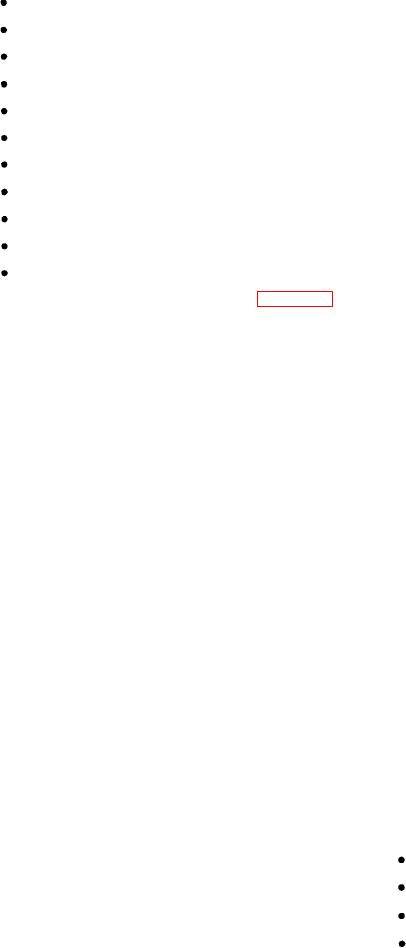
The boots and gloves are decontaminated in the
PREPARATION-- The following equipment and
following process:
materials are needed:
Tape
Step 1. Submerge the gloves and boots into the
container of hot, soapy water. Some contamination
Cutting tool
will be removed during this step. When the boots and
Eight 30-gallon containers (garbage cans)
gloves are removed from the container, ensure that no
water remains inside the boots and gloves. Do not
One hundred plastic bags (or one per Seabee)
decon any item that is unserviceable.
Two scrub brushes
Step 2. Submerge the boots and gloves into the
Two ponchos or large plastic sheets
container of HTH solution. Thoroughly scrub the
CAM
items until no visible contamination remains. After
scrubbing, submerge each item again before moving
M8 paper
them into the rinse container.
10 percent STB/HTH solution
Step 3. Thoroughly rinse the scrubbed items,
Hot, soapy water
making sure that the items are rinsed inside as well as
Cold rinse water
outside. Check all the gloves and boots for holes,
The station will be setup as shown in figure 6-7.
tears, or punctures and discard any that are found.
Fill two 30-gallon containers with hot, soapy water
Step 4. Dry the usable items. Discard any glove
and two containers with 10 percent STB/HTH
or boot having punctures, tears, rips, holes, or other
solution. Place the two scrub brushes near the
damage into a pile. Place the usable items on the
containers. Fill two 30-gallon containers with cold
poncho or plastic sheet to air-dry and weather.
rinse water.
Step 5. Place the items into the plastic trash bags,
Two decon team members are needed to
along with an M256 detector ticket. If the detector
decontaminate the overboots and gloves. One person
ticket shows no contamination, the items can be
processes the overboots, while the other person
reissued or stored for issue later. If the detector ticket
processes the gloves.
shows contamination remaining, the station attendants
Use the tape to mark the liquid contamination
can recycle the items or discard them.
control line (LCL) on the ground clearly. The LCL
separates the "dirty" from the "clean" areas. Place the
Obviously, you cannot check for the agent on the
cutting tool, two containers, and the plastic bags on
combat boots if you do not remove the overboots. If
the "dirty" side of the liquid contamination control
the overboots are not properly removed, you risk
line.
contaminating your combat boots and spreading
contamination to clean areas. If rubber gloves are not
NOTE: An exception to the clean area is the
properly removed, you risk contaminating your skin
contaminated gloves. However, you must ensure no
and underclothing at this and the following stations.
liquid agent is spilled on the ground beyond the liquid
contamination line.
Station 5--Monitor
EXECUTION-- The attendant unfastens or cuts
the strings or elastic closures on the boots. The station
Performing this step identifies contamination on
attendant holds the boot while the Seabee steps out and
personnel, provides spot decon capability, and
across the control line. The action is repeated for the
provides medical aid, as required.
other boot. Boots are then discarded in the designated
container by the station attendant. If the boot cannot
PREPARATION-- The following materials and
be removed by this process, the attendant cuts off the
equipment are needed:
boot. The Seabee works the chemical protective
First-aid supplies
gloves loose using the pinch-pull method, and the
station attendant pulls the gloves off. The station
CAM
attendant discards the gloves in a container on the
Five packs M8 detector paper per 100 people
"dirty" side of the control line. Station 4 attendant
does his or her duty from the dirty side of the liquid
One case M258A1 or M291 skin decontamina-
contamination control line.
ting kits per person
6-23

